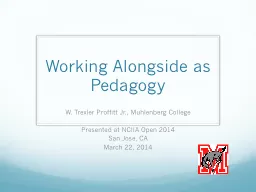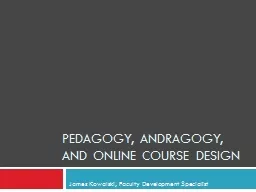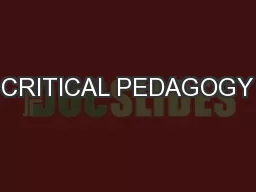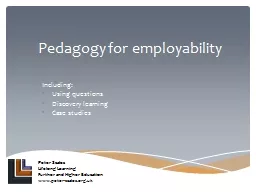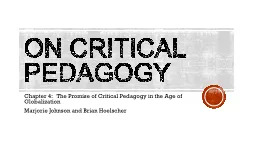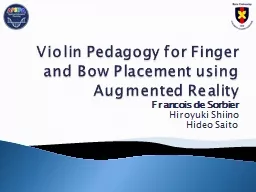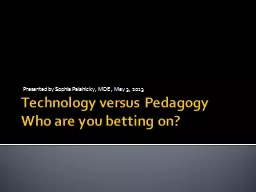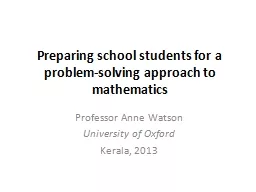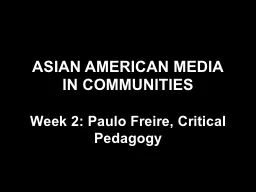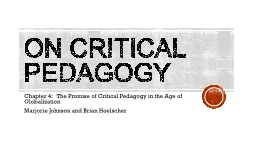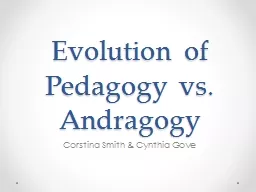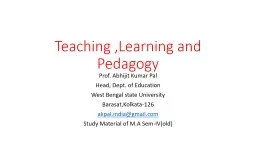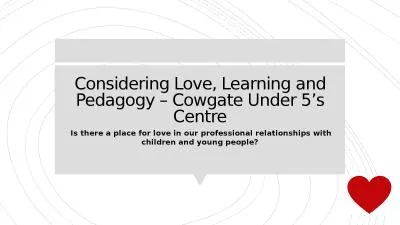PPT-Working Alongside as Pedagogy
Author : liane-varnes | Published Date : 2015-11-27
W Trexler Proffitt Jr Muhlenberg College Presented at NCIIA Open 2014 San Jose CA March 22 2014 Problem Statement Premises Academics with PhDs teach in higher
Presentation Embed Code
Download Presentation
Download Presentation The PPT/PDF document "Working Alongside as Pedagogy" is the property of its rightful owner. Permission is granted to download and print the materials on this website for personal, non-commercial use only, and to display it on your personal computer provided you do not modify the materials and that you retain all copyright notices contained in the materials. By downloading content from our website, you accept the terms of this agreement.
Working Alongside as Pedagogy: Transcript
Download Rules Of Document
"Working Alongside as Pedagogy"The content belongs to its owner. You may download and print it for personal use, without modification, and keep all copyright notices. By downloading, you agree to these terms.
Related Documents

